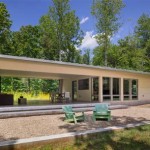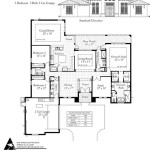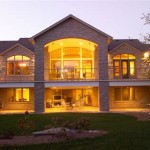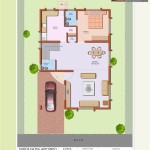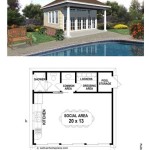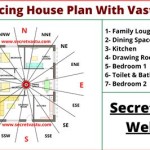Essential Aspects of Best Empty Nest House Plans
Empty nest syndrome can be a difficult transition for many parents. As children grow up and leave home, parents may find themselves feeling lost and alone. One way to cope with this transition is to downsize to a smaller home that is more suited to their needs. Empty nest house plans are designed specifically for the needs of empty nesters, and they can be a great way to create a comfortable and stylish space that meets your needs.
There are many different things to consider when choosing an empty nest house plan. One of the most important factors is the size of the home. Empty nesters typically need less space than they did when their children were living at home, so they may want to consider a smaller home with fewer bedrooms and bathrooms. However, it is important to make sure that the home is still large enough to accommodate your needs and lifestyle.
Another important factor to consider is the layout of the home. Empty nest house plans typically feature an open floor plan that makes it easy to move around and entertain guests. They may also have a master suite that is located on the first floor, which can be convenient for those who have difficulty with stairs. Additionally, empty nest house plans often include features such as a home office, a sunroom, or a screened porch, which can provide additional space for relaxation and hobbies.
The cost of an empty nest home plan will vary depending on the size and features of the home. However, there are many affordable options available that can meet the needs of most empty nesters. It is important to work with a reputable builder who can help you find a home plan that fits your budget and lifestyle.
If you are an empty nester who is considering downsizing, an empty nest house plan may be the perfect solution for you. These homes are designed to meet the specific needs of empty nesters, and they can provide a comfortable and stylish space that you can enjoy for years to come.
Key Features of Empty Nest House Plans
There are a number of key features that are commonly found in empty nest house plans. These features include:
- Smaller size: Empty nesters typically need less space than they did when their children were living at home, so empty nest house plans are typically smaller in size.
- Open floor plan: Open floor plans make it easy to move around and entertain guests, which is ideal for empty nesters who enjoy spending time with friends and family.
- Master suite on the first floor: A master suite on the first floor is convenient for empty nesters who have difficulty with stairs.
- Home office: A home office is a great place for empty nesters to pursue their hobbies or start a new business.
- Sunroom or screened porch: A sunroom or screened porch provides additional space for relaxation and hobbies, and it can also be a great place to entertain guests.
Not all empty nest house plans will include all of these features, but they are all common features that can make a home more comfortable and enjoyable for empty nesters.
Benefits of Empty Nest House Plans
There are many benefits to choosing an empty nest house plan. These benefits include:
- Reduced maintenance costs: A smaller home requires less maintenance, which can save empty nesters money in the long run.
- Lower utility bills: A smaller home also uses less energy, which can lower utility bills.
- Increased mobility: A smaller home is easier to move around in, which can be beneficial for empty nesters who have difficulty with stairs or other mobility issues.
- More time for hobbies and interests: With a smaller home to maintain, empty nesters have more time to pursue their hobbies and interests.
- Greater sense of community: Empty nest house plans are often located in communities that are designed for empty nesters, which can provide a sense of community and belonging.
If you are an empty nester who is considering downsizing, an empty nest house plan may be the perfect solution for you. These homes are designed to meet the specific needs of empty nesters, and they can provide a comfortable and stylish space that you can enjoy for years to come.

Empty Nester House Plans Retirement The Designers

Empty Nester House Plans Retirement The Designers
:max_bytes(150000):strip_icc()/nautical-cottage-a415ead01c7141f2bb653b790b15b1f4.jpg?strip=all)
House Plans Under 1 800 Square Feet Perfect For Empty Nesters
:max_bytes(150000):strip_icc()/sl-2004_4cp_frontright_0-7fc4d68f01494c5f8cd449657af22329.jpg?strip=all)
House Plans Under 1 800 Square Feet Perfect For Empty Nesters
:max_bytes(150000):strip_icc()/SL-2009_4CP-front_0-8fdca8e211214d4182e879d1a0af71de.jpg?strip=all)
House Plans Under 1 800 Square Feet Perfect For Empty Nesters

Empty Nester House Plans Retirement The Designers

Dream Empty Nester Retirement House Plans Designs
:max_bytes(150000):strip_icc()/sparta_0_0_0-d60217d2c379489398f52916b81e268c.jpg?strip=all)
House Plans Under 1 800 Square Feet Perfect For Empty Nesters

Empty Nester House Plans Retirement The Designers

X 17 Mod Modern 3 Suite Best Ing Home Design Mm 2673

